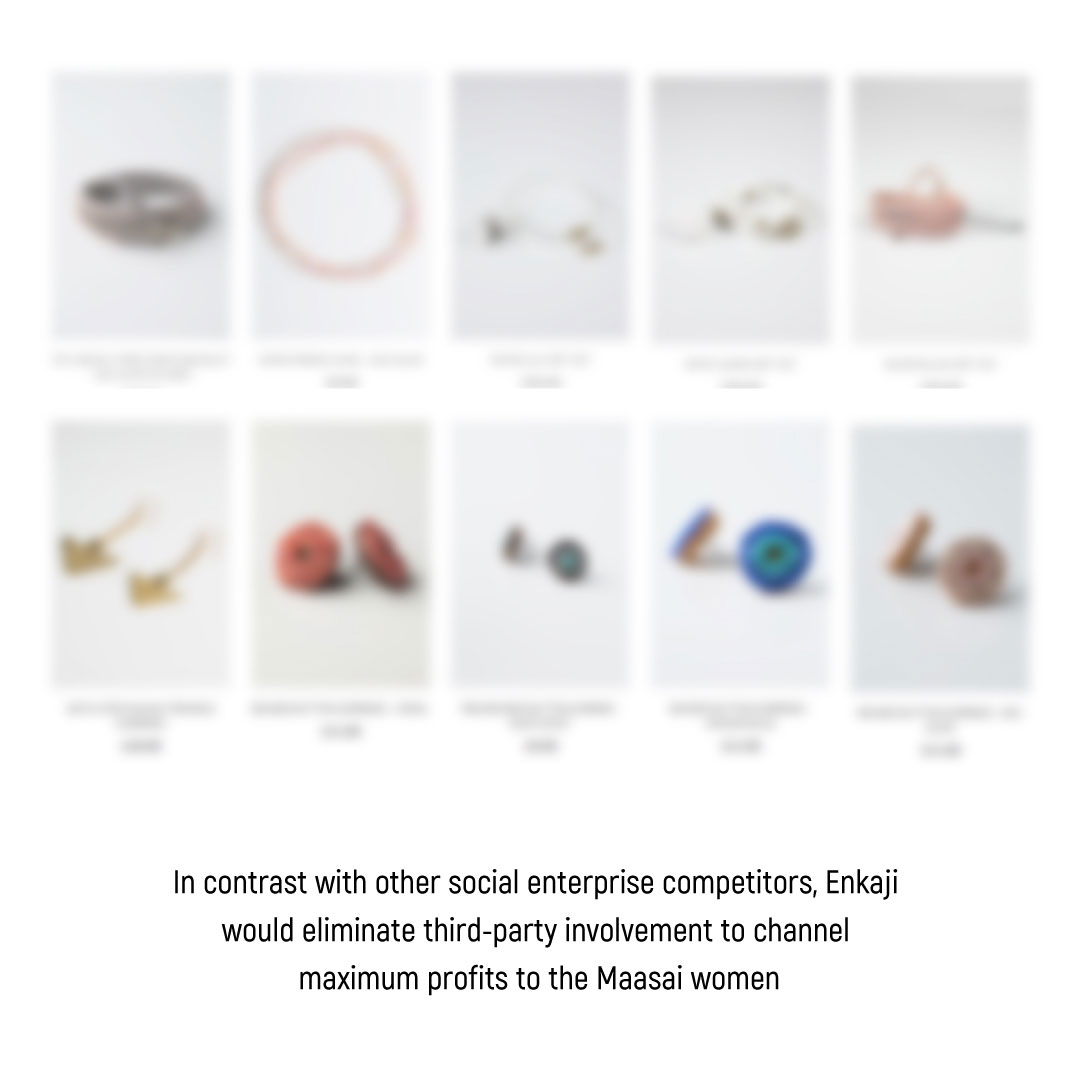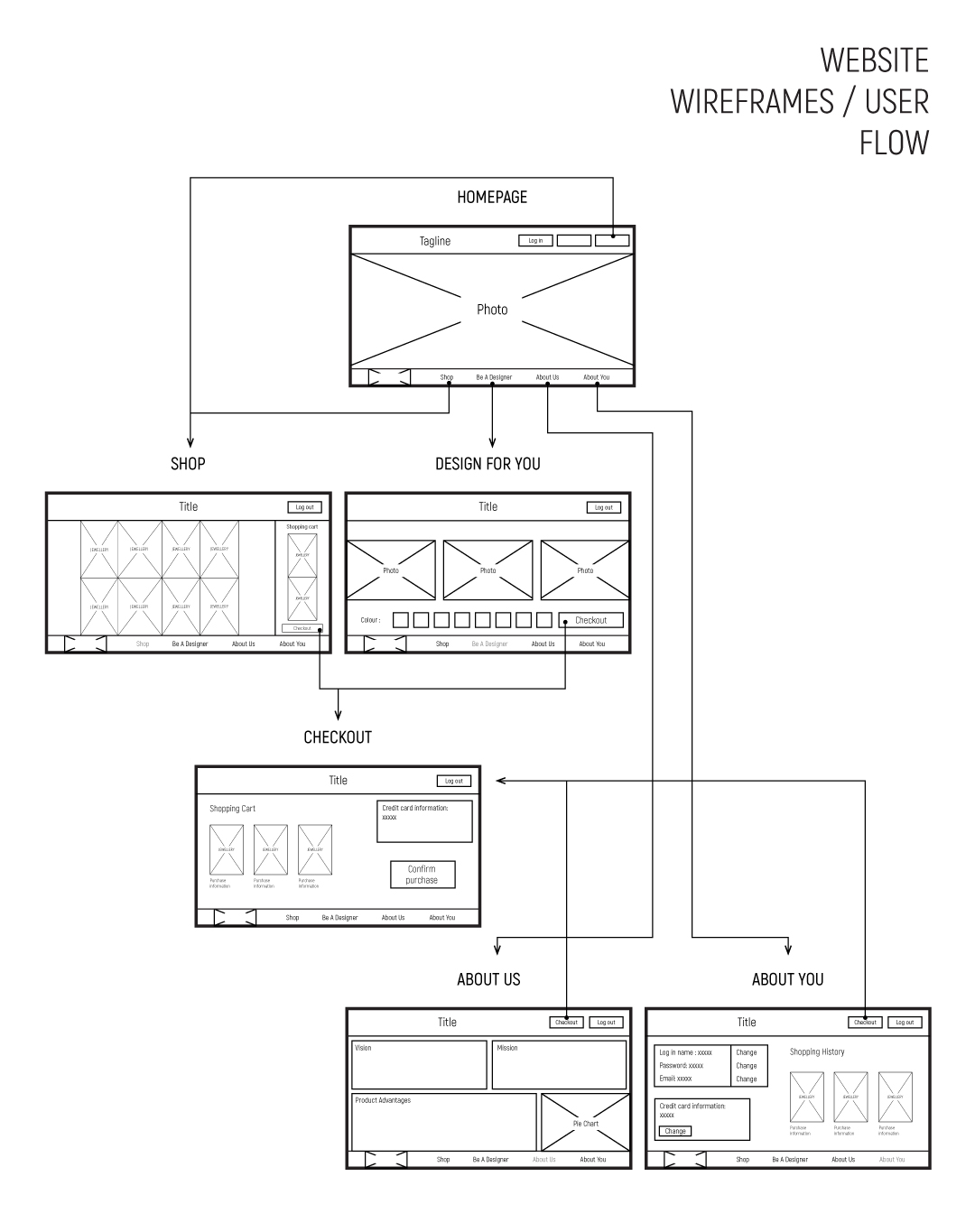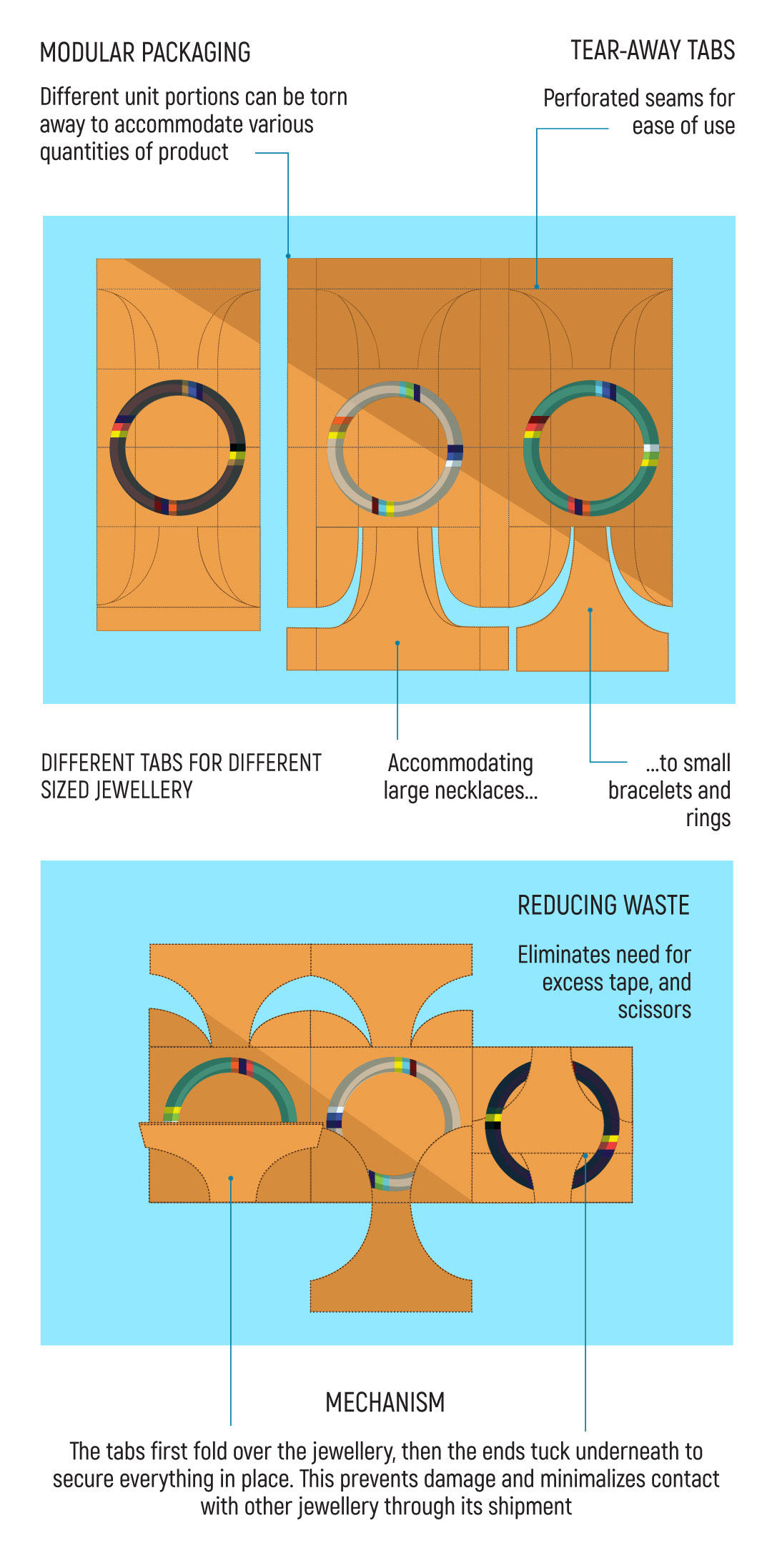
The experience ensured a supportive and intuitive interface for users with varying abilities to help encourage local female entrepreneurs.
PROJECTS
When I travelled to Tanzania for my thesis project, I found myself surrounded by passionate entrepreneurs and tight-knit collective communities. I saw Maasai women everywhere selling jewellery and knew I wanted to create something to support women entrepreneurs and help empower their businesses. I decided to design an e-commerce platform consisting of an app, an online store, and branding that aimed to promote financial literacy and economic independence for the Maasai women of Tanzania.
MY ROLE
Researched local culture, customs, and contemporary reviews
Interviewed Maasai women and NGO’s in Tanzania to better understand wants and needs
Designed the app, online store, and packaging to suit user needs
Tested paper prototypes of the app and website with potential vendors and customers before finalizing the design
PROBLEM
Maasai women have limited means of earning income and yet, they’re expected to maintain a house and to provide for themselves and their children. Their jewellery revenue fluctuates heavily with the tourist season, and since their market access is limited, they don’t have the opportunity to reach their business potential to pull themselves out of extreme poverty.
RESEARCH
My team consisted of myself and one business student. We looked at social costs, made a competitive analysis, researched the target market, looked at key resources and key partners.
PROCESS WORK
My process included sketches, prototypes, ethics applications, product data sheets, mind maps, test plans, and comprehensive research reports.
I named it Enkaji (Maasai for “home”) because I wanted to put Western customers directly into the homes of the ladies in Tanzania to experience a glimpse of the culture.
Once the first brainstorming stage was finished, I travelled to Tanzania to meet the Maasai communities, meet the team, refine my concepts, and propose my idea to the Longido village counsel. Out of the 7 teams that presented, the council would select the top 3 most feasible projects and implement them.
FINAL DESIGN
My final concept was an e-commerce system with 3 main components:
HOW THE SYSTEM WORKS
THE APP
An app was made for the Maasai women to upload their jewellery online.
Since it was catered to users with limited tech experience and varying levels of literacy, the design was minimal, used well-known interactions, and contained more visual rather than textual guidance.
PROCESS
FINAL PRODUCT
THE ONLINE STORE
The e-commerce website would give Western consumers direct access to the Maasai Longido marketplace and the women’s traditional jewellery.
Through Enkaji’s transparency model, buyers can learn about the platform's entire business concept and understand that all payments go straight to the vendors, not to any third party.
PROCESS
FINAL PRODUCT
THE PACKAGING
For vendors who could only afford the minimum resources, a modular, cost-effective package was created to maximize use of material.
The construction of the packaging allows it to hold many differently shaped jewellery from earrings to large necklaces. This was the proof of concept:
RESULTS
The Longido village counsel chose not to implement my e-commerce system because there were other projects that were more immediately executable. However, the concept was well received and it did pique interest with the Maasai women.
What I would do differently :
Test more app concepts with the Tanzanian community
Test more website concepts with the target market
Research how nonprofits fit into an established e-commerce business model (i.e. Shopify) and leverage their pre-existing network and technology































